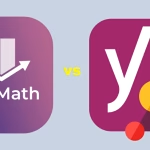When I first started creating videos for social media, I made a classic rookie mistake: editing one video and sharing it across every platform. The results? Awkward cropping, poor engagement, and countless hours wasted. It didn’t take long to realize that knowing how to edit videos for different platforms is crucial for maximizing reach and impact.
After years of trial and error, I’ve discovered that each platform has a unique editing style, and mastering these differences can transform your content strategy.
Platform-Specific Requirements
Think of social media platforms as different TV channels with unique audiences, preferences, and technical requirements. Just as you wouldn’t air a soap opera on a sports channel, you shouldn’t use the same video format across all social platforms.
The Technical Foundation
Before diving into platform-specific details, let’s establish some universal video editing principles that I’ve found crucial across all platforms:
Resolution matters more than ever in 2025 and beyond. While I used to think 1080p was sufficient, the rise of 4K displays on mobile devices has changed the game. However, the way you handle this resolution varies significantly by platform.
Platform-by-Platform Breakdown
1. YouTube: The Long-Form Champion
YouTube has been my primary platform for years, and here’s what I’ve learned about optimizing videos:
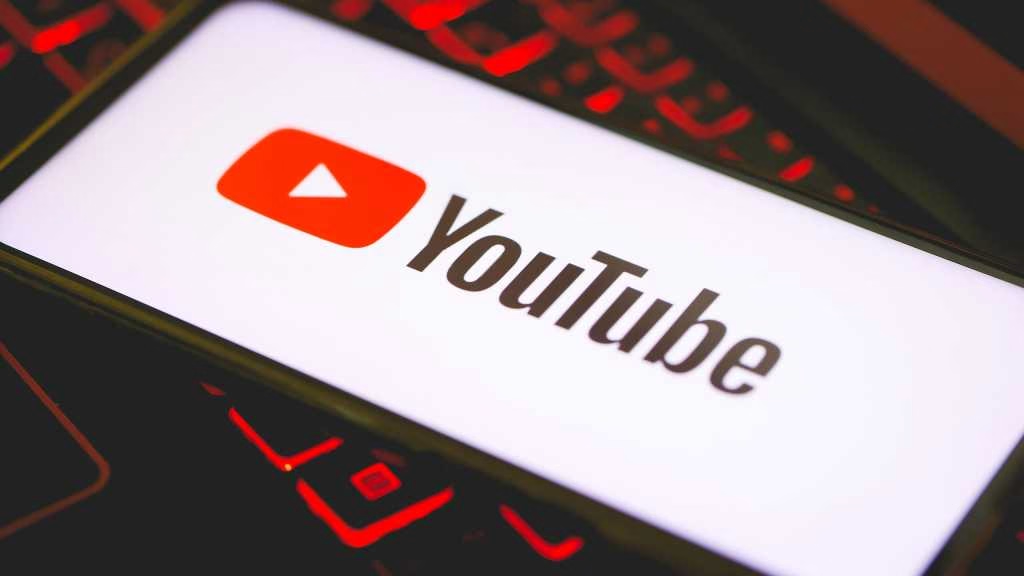
Resolution: 4K (3840 x 2160) is becoming the standard
Aspect Ratio: 16:9 is still king
Maximum Length: Up to 12 hours
Optimal Length: 10-15 minutes for most content
I remember spending weeks perfecting a 30-minute tutorial only to discover my audience preferred shorter, more focused content. The sweet spot I’ve found is 12-15 minutes for educational content and 8-10 minutes for entertainment.
YouTube-Specific Editing Tips:
- Front-load value in the first 30 seconds
- Use chapters for longer content
- Include pattern interrupts every 2-3 minutes
- Optimize end screens and cards
Discover 10 Faceless YouTube Channel Ideas to Start Anytime – No Filming
2. TikTok: The Vertical Video Revolution 📱
When TikTok first emerged, I struggled to adapt my horizontal editing workflow. Here’s what experience has taught me:
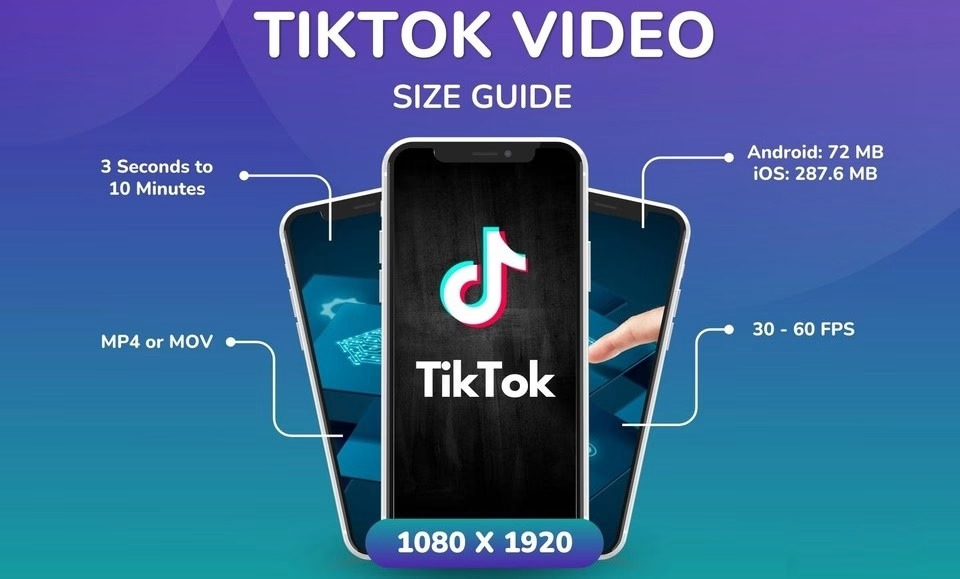
Resolution: 1080 x 1920
Aspect Ratio: 9:16
Maximum Length: 10 minutes
Optimal Length: 21-34 seconds
The key to TikTok success lies in rapid-fire editing. I’ve found that using quick cuts and maintaining a pace of scene changes every 1.5-2 seconds keeps viewers engaged.
Use Fliki AI to Create Viral TikTok Videos with Ease. Start for FREE
TikTok-Specific Editing Tips:
- Use motion tracking for text
- Implement seamless transitions
- Sync edits to music beats
- Leverage trending effects
Learn How to Earn Big With Affiliate Marketing on TikTok (Guide)
Essential Video Editing Tools
Professional Options
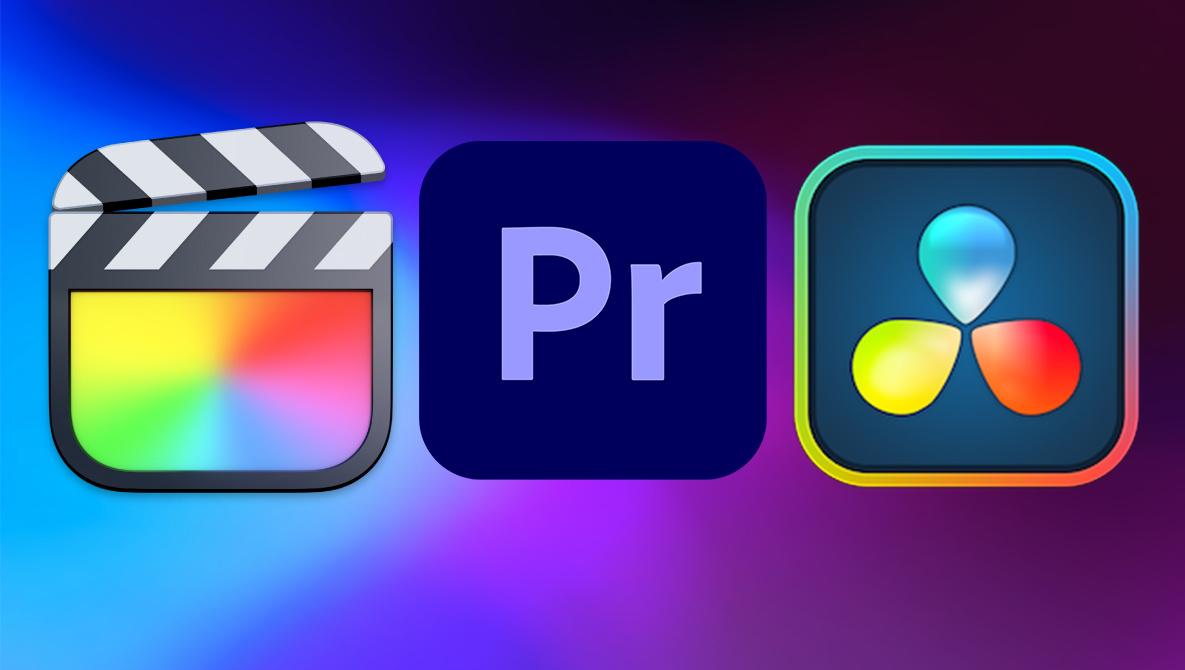
- Adobe Premiere Pro
- Best for: Multi-platform content
- Key features: Multi-format support, AI-powered tools
- Cost: $20.99/month
- Final Cut Pro
- Best for: Mac users creating long-form content
- Key features: Magnetic timeline, superior rendering
- Cost: $299 one-time
- DaVinci Resolve
- Best for: Color grading and professional finishing
- Key features: Free version available, Hollywood-grade color tools
- Cost: Free (Studio version: $295)
Honorable Mention: One tool that transformed my workflow is Descript — widely recognized as the best AI video editor for effortlessly editing videos like a text document.
Mobile Editing Solutions
- CapCut
- Best for: TikTok and Instagram Reels
- Key features: AI effects, trending templates
- Cost: Free
- Adobe Premiere Rush
- Best for: Cross-platform editing
- Key features: Cloud sync, professional tools
- Cost: $9.99/month
AI-Powered Editing Tools
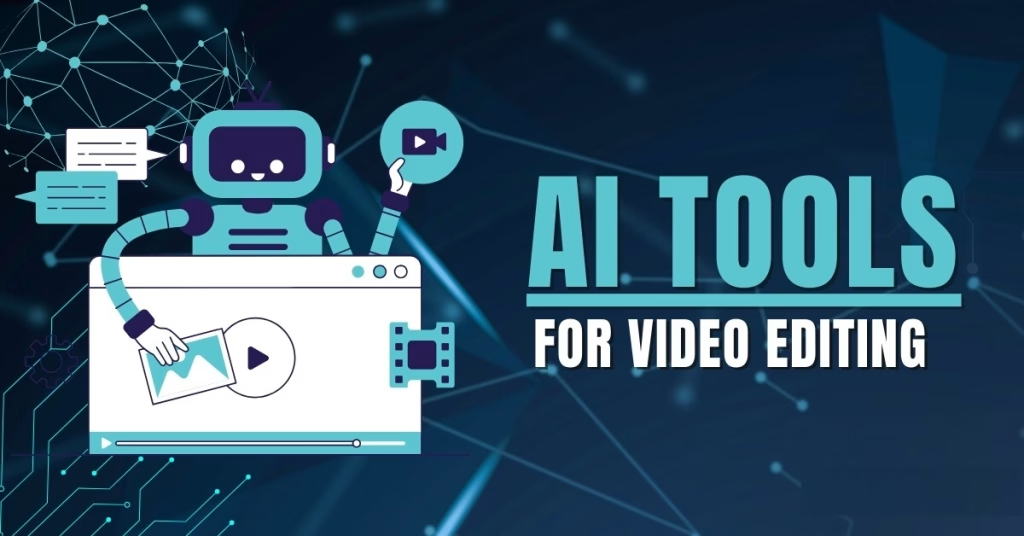
The emergence of AI in video editing has been a game-changer. Here are some tools that have transformed my workflow:
- Descript
- Best for: Audio-based editing and transcription
- Key features: Text-based video editing
- Cost: Starts at $12/month | Try for FREE
- Fliki AI
- Best for: AI-powered effects and generation
- Key features: Content-aware editing, style transfer
- Cost: Starts at $21/month | Try for FREE
Platform-Specific Optimization Strategies
Instagram: The Multi-Format Master
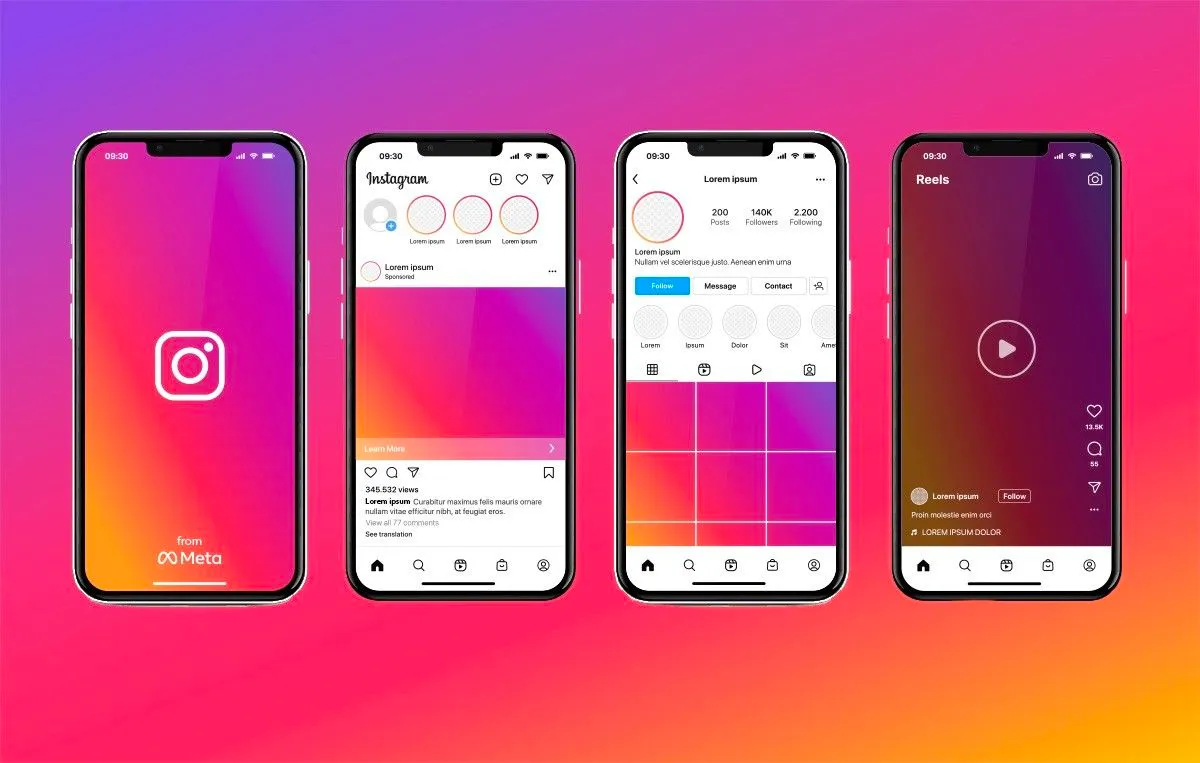
Instagram requires perhaps the most versatile approach to video editing:
Feed Posts:
- Aspect Ratio: 1:1 (square)
- Length: Up to 60 seconds
- Resolution: 1080 x 1080
Reels:
- Aspect Ratio: 9:16
- Length: Up to 90 seconds
- Resolution: 1080 x 1920
Stories:
- Aspect Ratio: 9:16
- Length: 15 seconds per segment
- Resolution: 1080 x 1920
IGTV:
- Aspect Ratio: 16:9 or 9:16
- Length: Up to 60 minutes
- Resolution: 1080 x 1920 (vertical) or 1920 x 1080 (horizontal)
Learn How to Create Eye-Catching Instagram Highlight Names
Advanced Editing Techniques
Color Grading Across Platforms
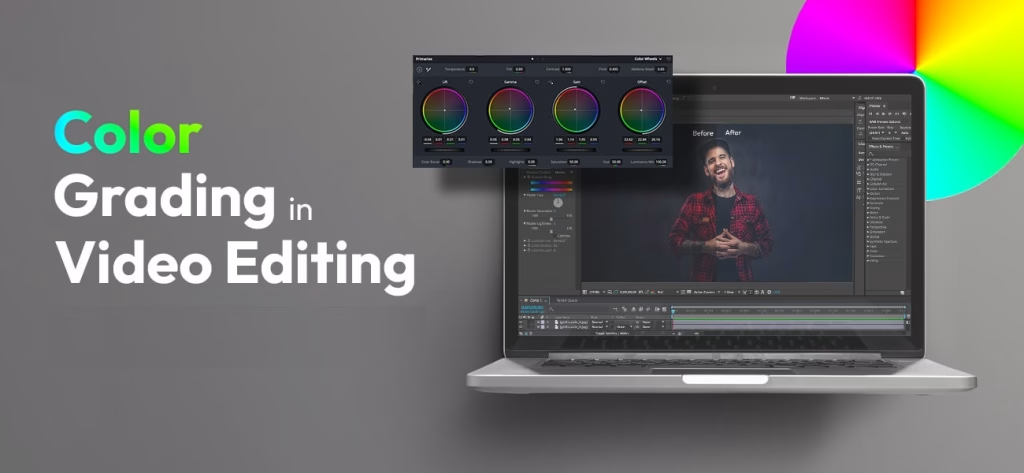
One of my biggest learning curves was understanding how different platforms handle color. It’s a crucial skill when trying to edit videos for different platforms. Here’s what I’ve learned:
- YouTube:
- Use Rec. 709 color space
- HDR support available
- Conservative saturation levels
- TikTok/Instagram:
- Higher contrast and saturation
- Mobile-optimized brightness
- Platform-specific filters
Audio Optimization
Platform-specific audio requirements have caught me out more times than I’d like to admit:
- YouTube:
- -14 LUFS for regular content
- Stereo audio support
- Multiple audio tracks
- Social Platforms:
- -16 LUFS or lower
- Mono audio is often preferred
- Music licensing considerations
Common Editing Mistakes to Avoid ❌
Now listen, when trying to edit videos for different platforms, a lot can go wrong. Keeping that in mind it’s better to be prepared and avoid the following:
- Over-editing
- Keep transitions clean and purposeful
- Don’t overuse effects
- Maintain consistent pacing
- Platform Mismatch
- Avoid letterboxing/pillar boxing
- Respect platform-specific aspect ratios
- Consider viewing environment
- Technical Oversights
- Check export settings
- Verify audio levels
- Test on multiple devices
Future Trends in Video Editing
As we move through 2025 and beyond, several trends are shaping the future of video editing:
- AI-Enhanced Editing
- Automated color grading
- Smart content repurposing
- Voice-to-text editing
- Virtual Reality Integration
- 360-degree video editing
- Immersive storytelling tools
- Cross-platform VR support
- Real-Time Collaboration
- Cloud-based editing
- Multi-user projects
- Instant feedback systems
Understand Video Content Creation with AI: Trends and Tools to Watch
Conclusion
Mastering how to edit videos for different platforms might seem overwhelming at first, but with the right approach and tools, it becomes a manageable and even enjoyable process. Remember that each platform serves a unique audience with specific expectations.
Start with understanding your target platform’s requirements, invest in the right tools, and always prioritize quality over quantity.
The key to success lies in creating platform-native content rather than trying to force one format across all platforms. As you develop your editing skills, focus on understanding your audience on each platform and tailoring your content accordingly.
Keep experimenting with different editing styles and techniques, stay updated with platform changes, and most importantly, don’t be afraid to try new things. The world of video editing is constantly evolving, and that’s what makes it exciting!
FAQs
1. Why should I edit videos differently for each platform?
Editing videos differently for each platform is crucial because every platform has unique audience behaviors, aspect ratios, and content preferences. Tailoring your videos ensures better engagement, increased reach, and improved performance. For example, vertical videos work best on TikTok and Instagram Reels, while horizontal videos shine on YouTube.
2. What are the recommended aspect ratios for different platforms?
Here’s a quick guide to the best video aspect ratios for popular platforms:
- Instagram Stories/Reels & TikTok: 9:16 (vertical)
- YouTube Videos: 16:9 (horizontal)
- Facebook & LinkedIn Feed Videos: 1:1 (square) or 4:5 (vertical)
- Pinterest: 2:3 (vertical)
Sticking to these aspect ratios helps your videos look polished and professional.
3. How can I make my video mobile-friendly?
To optimize your videos for mobile viewers:
- Use vertical (9:16) or square (1:1) formats.
- Add captions since many users watch videos without sound.
- Ensure clear visuals and concise messaging to grab attention quickly.
- Keep file sizes optimized without compromising quality.
4. What’s the best way to add captions to videos?
Captions boost both accessibility and engagement. You can easily add them using tools like:
- Adobe Premiere Pro (auto-caption feature)
- Kapwing (user-friendly online editor)
- Rev or Otter.ai (for transcription services)
Always review auto-generated captions for accuracy.
5. How do I maintain high video quality across platforms?
To preserve high video quality, export your videos using the recommended resolution and format for each platform:
- Instagram and TikTok: 1080×1920, MP4
- YouTube: 1920×1080 or higher, MP4
- Facebook: At least 720p, MP4
Also, avoid heavy compression and use platform-specific export settings to prevent quality loss.
6. What are the key editing tips for social media videos?
Follow these tips to create scroll-stopping social media videos:
- Start with an attention-grabbing hook in the first 3 seconds.
- Keep videos short and focused (15-60 seconds is ideal).
- Use transitions, filters, and stickers to match current platform trends.
- Add platform-specific calls-to-action (like “Swipe Up” on Instagram Stories or “Follow for more” on TikTok).
7. How do I optimize videos for YouTube?
YouTube favors high-quality, engaging content. To optimize your videos:
- Use a compelling thumbnail and keyword-rich title.
- Add end screens and cards to boost viewer retention.
- Incorporate SEO strategies in your video descriptions, tags, and transcripts.
- Encourage likes, comments, and subscriptions to signal engagement.
8. What editing tools are best for beginners?
If you’re just starting, here are beginner-friendly tools:
- Mobile: InShot, CapCut, VN Video Editor
- Desktop: iMovie, Filmora, Canva Video Editor
- Professional: Adobe Premiere Pro, Final Cut Pro, DaVinci Resolve
Each tool offers intuitive interfaces and plenty of tutorials.
9. How can I make my videos stand out for TikTok and Instagram Reels?
To create viral content on TikTok and Instagram Reels:
- Follow trending sounds and challenges.
- Use quick cuts, text overlays, and dynamic transitions.
- Experiment with platform-specific filters and effects.
- Keep your content relatable, fun, and authentic to connect with your audience.
10. Can I repurpose one video for multiple platforms?
Absolutely! Repurposing content saves time and maximizes reach. Here’s how:
- Create a high-quality base video.
- Edit it to match the aspect ratios and length requirements of each platform.
- Add platform-specific elements like stickers, captions, or CTAs.
- Use tools like Adobe Premiere Pro or Final Cut Pro to quickly resize and reformat.
By repurposing smartly, you expand your content’s lifespan and impact.
Want to take your video editing skills to the next level? Share your experiences in the comments below, and let’s learn from each other! Don’t forget to bookmark this guide for future reference – I’ll be updating it as platform requirements and best practices evolve.



